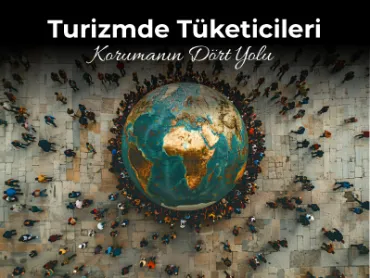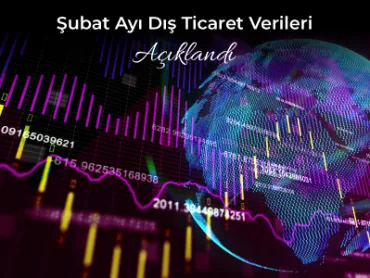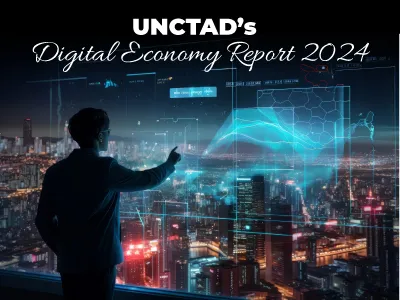
The Digital Economy Report 2024 underlines the urgent need for environmentally sustainable and inclusive digitalization strategies.
Digital technology and infrastructure are increasingly causing negative impacts on our planet, largely due to raw materials, the production and disposal of more devices, and increased water and energy demands.
The Digital Economy Report therefore calls for a global transition to a digital economy, focusing on circularity by design through durable products, responsible consumption, reuse and recycling, and sustainable business models.
Digitalization is growing
Smartphone shipments have more than doubled since 2010, reaching 1.2 billion in 2023. Internet of Things (IoT) devices are projected to increase 2.5-fold in 2023, reaching 39 billion by 2029. New data from 43 countries, representing nearly three-quarters of global GDP, shows that business e-commerce sales increased by nearly 60% from 2016 to 2022, reaching $27 trillion.
This growth is increasingly taking its toll on the environment.
Digital waste collection rates are accelerating. Waste from screens and small IT equipment increased by 30% between 2010 and 2022, reaching 10.5 million tons.
The increasing demand for data transmission, processing and storage for new technologies such as blockchain, artificial intelligence (AI), fifth-generation (5G) mobile networks and IoT is driving emissions.
Addressing these issues requires policy reforms, technological innovations and action from all stakeholders – policymakers, businesses and consumers – to make business models more circular, logistics more energy efficient, packaging more sustainable and consumption more responsible.
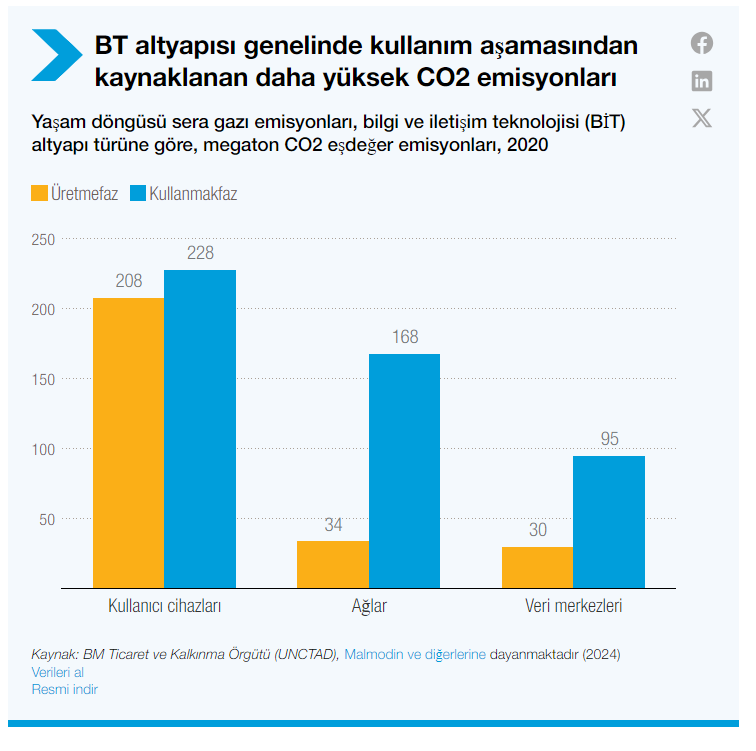
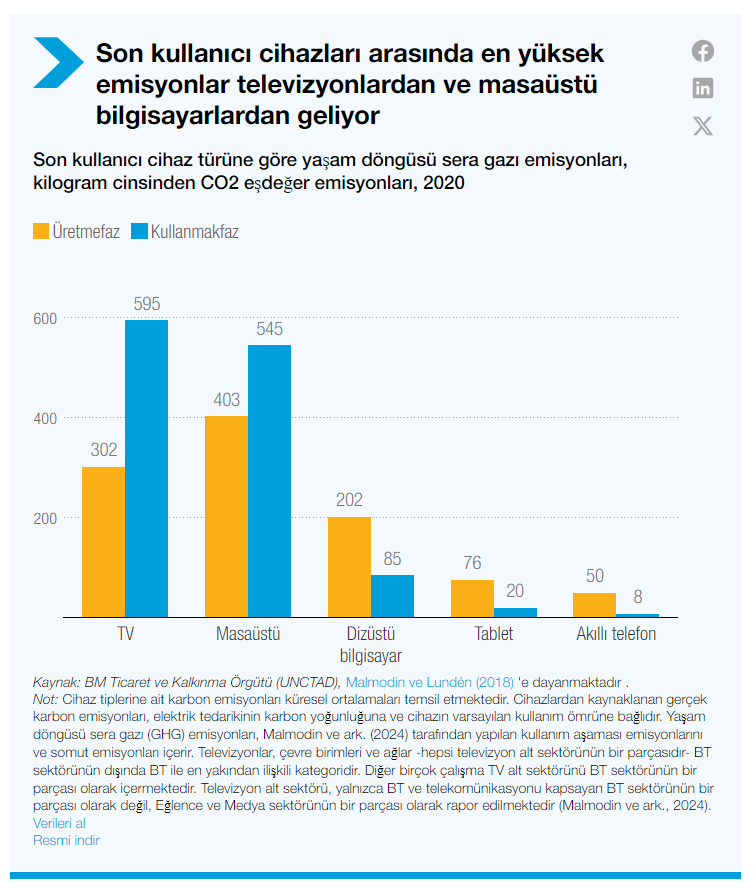
Emerging geopolitical challenges
The increased use of digital devices is driving the need for mineral resources. Phones used 10 elements from the periodic table in 1960, 27 in 1990, and 63 in 2021.
As a result, securing access to critical minerals is increasingly a strategic priority for many countries, intensifying global competition and increasing the risk of challenges in a highly concentrated market.
Addressing these challenges requires international cooperation, sustainable sourcing, and policies that balance the needs of all stakeholders to ensure a stable and ethical supply chain for critical minerals.
Increasing Energy and Water Use in the Digital Age
From 2018 to 2022, the electricity consumption of the 13 largest data center operators more than doubled. According to the International Energy Agency, their energy consumption is expected to double to 1,000 TWh by 2026.
The fact that digitalization is also increasing water consumption is a concern at a time when two billion people in the world still do not have access to safe drinking water.
In 2022, Google’s data centers and offices consumed more than 21 million cubic meters of water. Newer technologies like generative AI are using more potable water to cool servers.
In the US, a fifth of the water footprint of data center servers reportedly comes directly from moderately to highly water-stressed watersheds.
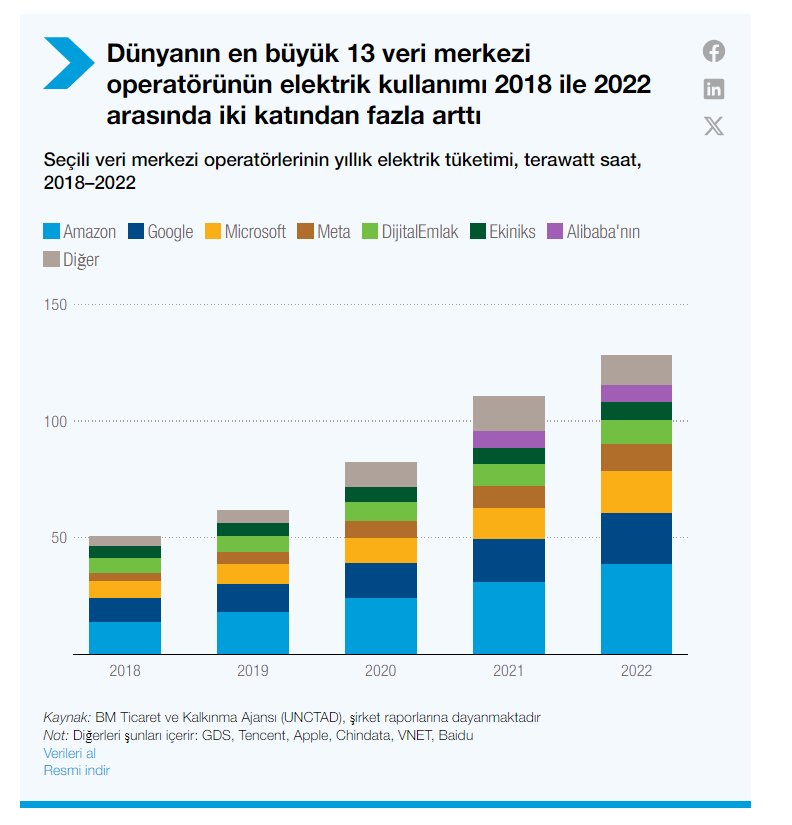
For Developing Countries: Increasing Digital Ecological Disparities
Developing countries bear a disproportionate share of the ecological costs of digitalization, while reaping fewer benefits.
The production phase of digitalization creates ecological costs in developing countries that are rich in essential minerals. Extracting and processing raw materials often leads to environmental degradation, pollution, and competition for local resources like water among mining, agriculture, and local households.
Developing countries are also disproportionately affected by climate change, but lack the resources to use digital technologies to mitigate the impacts.
Addressing the growing digital ecological inequalities requires joint international efforts to ensure fairer practices, such as promoting sustainable mining approaches, improving digital infrastructure, preventing illegal digital waste exports and supporting capacity building in developing countries.
Making the World Circular; An Inclusive Digital Economy
To address the environmental challenges of digitalization, we must transition to a circular and inclusive digital economy. This ensures sustainable practices across the entire digital lifecycle – from design to production, use to disposal – while ensuring economic benefits.
The circular economy model minimizes waste and maximizes resource utilization by reusing, renewing, recycling and extending the life of products. By optimizing resource use and reducing waste, businesses can reduce costs and create new market opportunities.
The report moves away from the “extract-make-use-throw” approach
 Back
Back

